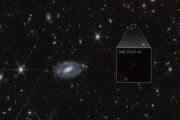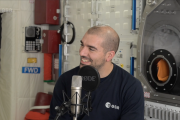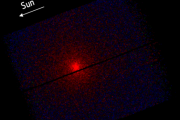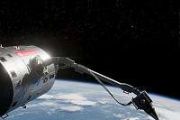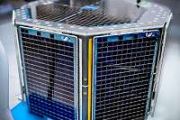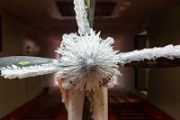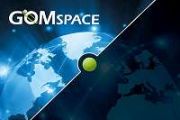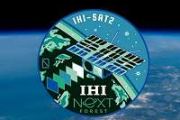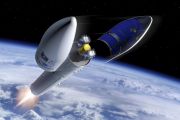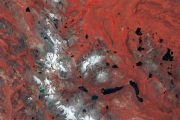
Copernical Team
Kymeta Delivers Groundbreaking Multi-Orbit Flat-Panel Antennas to Military Customers
 Kymeta, a leader in flat-panel satellite antenna technology, announced the shipping of its Osprey u8 HGL terminal, the first hybrid geostationary/low Earth orbit (GEO/LEO/LTE) terminal designed for military applications, from its Woodinville, Washington facility. This landmark development marks the debut of the first commercially available multi-orbit terminal, as well as the initial multi-orbit
Kymeta, a leader in flat-panel satellite antenna technology, announced the shipping of its Osprey u8 HGL terminal, the first hybrid geostationary/low Earth orbit (GEO/LEO/LTE) terminal designed for military applications, from its Woodinville, Washington facility. This landmark development marks the debut of the first commercially available multi-orbit terminal, as well as the initial multi-orbit North Korea tests engine for new hypersonic missile
 North Korean leader Kim Jong Un oversaw the test of a solid-fuel engine for a new intermediate-range hypersonic missile, state media reported Wednesday, one day after observing the launch of short-range ballistic missiles.
The test was conducted at the Sohae Satellite Launching Facility on the country's west coast Tuesday, state-run Korean Central News Agency said.
"The military
North Korean leader Kim Jong Un oversaw the test of a solid-fuel engine for a new intermediate-range hypersonic missile, state media reported Wednesday, one day after observing the launch of short-range ballistic missiles.
The test was conducted at the Sohae Satellite Launching Facility on the country's west coast Tuesday, state-run Korean Central News Agency said.
"The military DARPA's Rubble to Rockets Program Pioneers New Manufacturing Frontiers
 The Defense Advanced Research Projects Agency (DARPA) introduces the Rubble to Rockets (R2) program, a groundbreaking initiative aimed at revolutionizing manufacturing in environments where supply chains are compromised. The Department of Defense (DOD) has identified an urgent need for the capability to produce critical structures on-demand using locally sourced materials, challenging the tradit
The Defense Advanced Research Projects Agency (DARPA) introduces the Rubble to Rockets (R2) program, a groundbreaking initiative aimed at revolutionizing manufacturing in environments where supply chains are compromised. The Department of Defense (DOD) has identified an urgent need for the capability to produce critical structures on-demand using locally sourced materials, challenging the tradit RocketStar unveils fusion-enhanced electric thruster for spacecraft
 In a leap forward for space propulsion technology, RocketStar Inc. has demonstrated its FireStar Drive, an advanced spacecraft electric propulsion unit that leverages nuclear fusion to enhance pulsed plasma propulsion. By introducing aneutronic nuclear fusion into its water-fueled pulsed plasma thruster, the FireStar Drive markedly improves performance, utilizing high-speed protons from ionized
In a leap forward for space propulsion technology, RocketStar Inc. has demonstrated its FireStar Drive, an advanced spacecraft electric propulsion unit that leverages nuclear fusion to enhance pulsed plasma propulsion. By introducing aneutronic nuclear fusion into its water-fueled pulsed plasma thruster, the FireStar Drive markedly improves performance, utilizing high-speed protons from ionized Gaia unravels the ancient threads of the Milky Way

ESA’s Gaia space telescope has further disentangled the history of our galaxy, discovering two surprising streams of stars that formed and wove together over 12 billion years ago.
Hiring booms at SpaceX and Blue Origin making it hard for NASA to attract talent
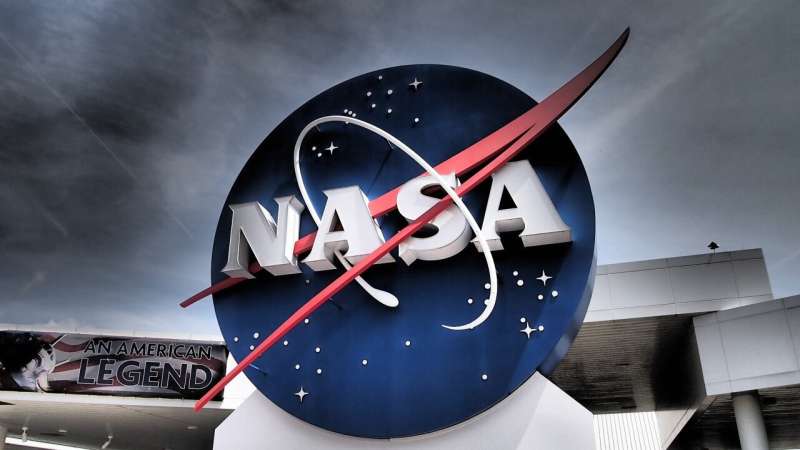
SpaceX and Blue Origin LLC are competing to launch satellites and take humans to the moon. They are also paying big salaries to hire so many young and tireless engineers that old-line aerospace employers like Boeing Co. and NASA are finding it harder to fill positions.
Most aerospace students really covet jobs at SpaceX and Blue Origin, recruiters say. The private firms are run by two of the three richest men in the world, Elon Musk and Jeff Bezos, who ultimately imagine people living and working in Earth's orbit and on the surface of Mars.
Their private firms also often pay more than established space operations. SpaceX is currently listing starting aerospace engineer positions at $95,000 to $115,000 a year.
NASA, which follows the federal government's General Schedule pay scales, offers starting salaries along a range that starts at $54,557 for engineers with bachelor's degrees, $66,731 for master's degrees and $73,038 for doctorates at the Kennedy Space Center in Florida.
Helping SpaceX or Blue Origin build towering rockets, orbiting labs or moon landers can also mean serving at the whims of mercurial executives.
NASA, industry improve lidars for exploration, science
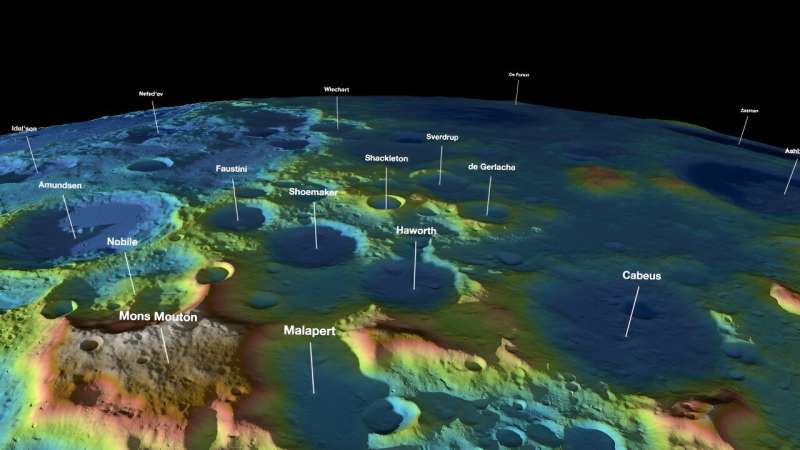
NASA engineers will test a suite of new laser technologies from an aircraft this summer for Earth science remote sensing. Called "lidar," the instruments could also be used to improve models of the moon's shape and aid the search for Artemis landing sites.
Similar to sonar, but using light instead of sound, lidars calculate distances by timing how long a laser beam takes to reflect off a surface and return to an instrument. Multiple pings from the laser can provide the relative speed and even 3D image of a target.
NASA sees progress on Blue Origin's Orbital Reef Life Support System
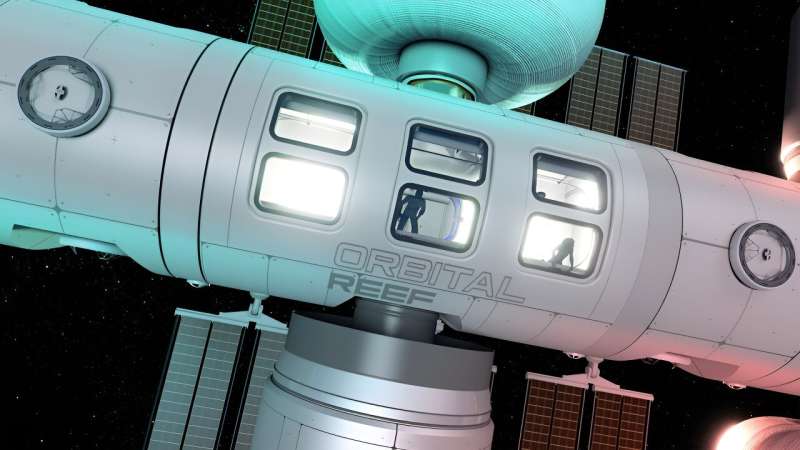
A NASA-funded commercial space station, Blue Origin's Orbital Reef, recently completed testing milestones for its critical life support system as part of the agency's efforts for new destinations in low Earth orbit.
The four milestones are part of a NASA Space Act Agreement originally awarded to Blue Origin in 2021 and focused on the materials and designs for systems to clean, reclaim, and store the air and water critical for human spaceflight.
NASA is working closely with commercial companies to develop new space stations capable of providing services to NASA and others, which will ensure that the U.S.
Key test drive of Orion on NASA's Artemis II to aid future missions
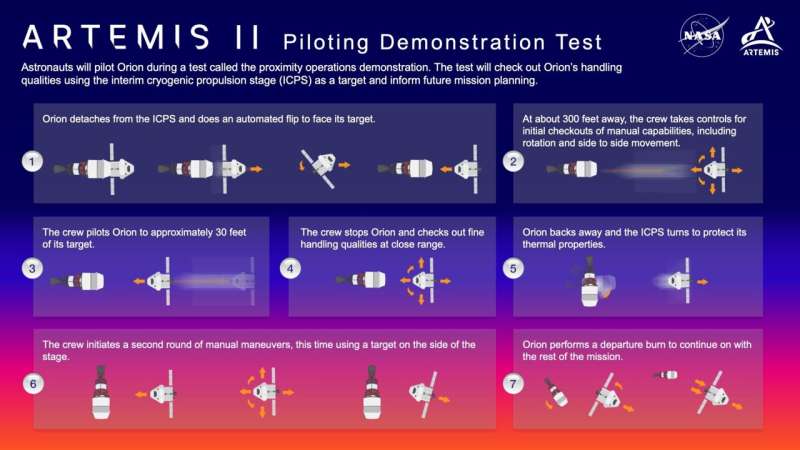
Astronauts will test drive NASA's Orion spacecraft for the first time during the agency's Artemis II test flight next year. While many of the spacecraft's maneuvers like big propulsive burns are automated, a key test called the proximity operations demonstration will evaluate the manual handling qualities of Orion.
During the approximately 70-minute demonstration set to begin about three hours into the mission, the crew will command Orion through a series of moves using the detached upper stage of the SLS (Space Launch System) rocket as a mark. The in-space propulsion stage, called the ICPS (interim cryogenic propulsion stage), includes an approximately two-foot target that will be used to evaluate how Orion flies with astronauts at the controls.
"There are always differences between a ground simulation and what an actual spacecraft will fly like in space," said Brian Anderson, Orion rendezvous, proximity operations, and docking manager within the Orion Program at NASA's Johnson Space Center in Houston. "The demonstration is a flight test objective that helps us reduce risk for future missions that involve rendezvous and docking with other spacecraft.
First booster for Ariane 6 ready
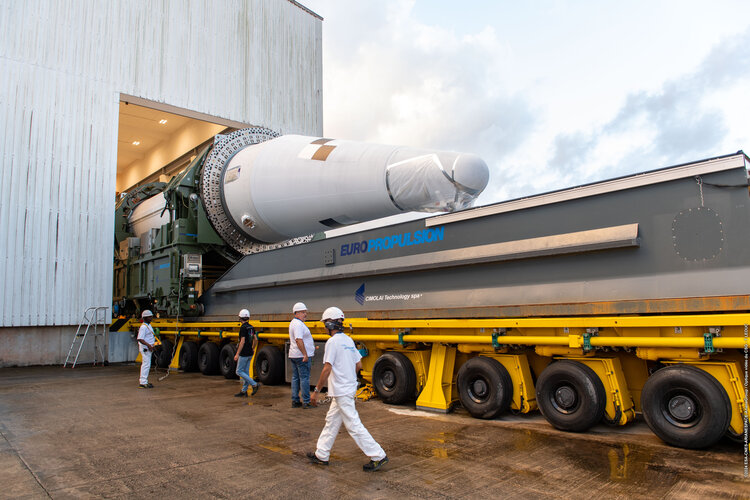 Image:
First booster for Ariane 6 ready
Image:
First booster for Ariane 6 ready 





